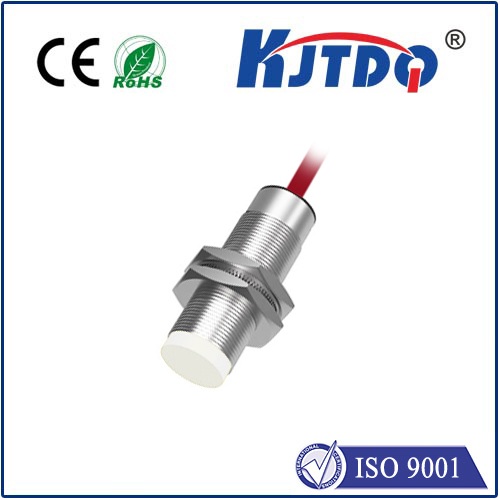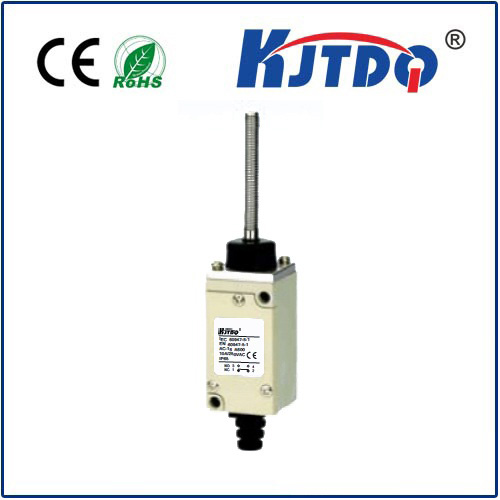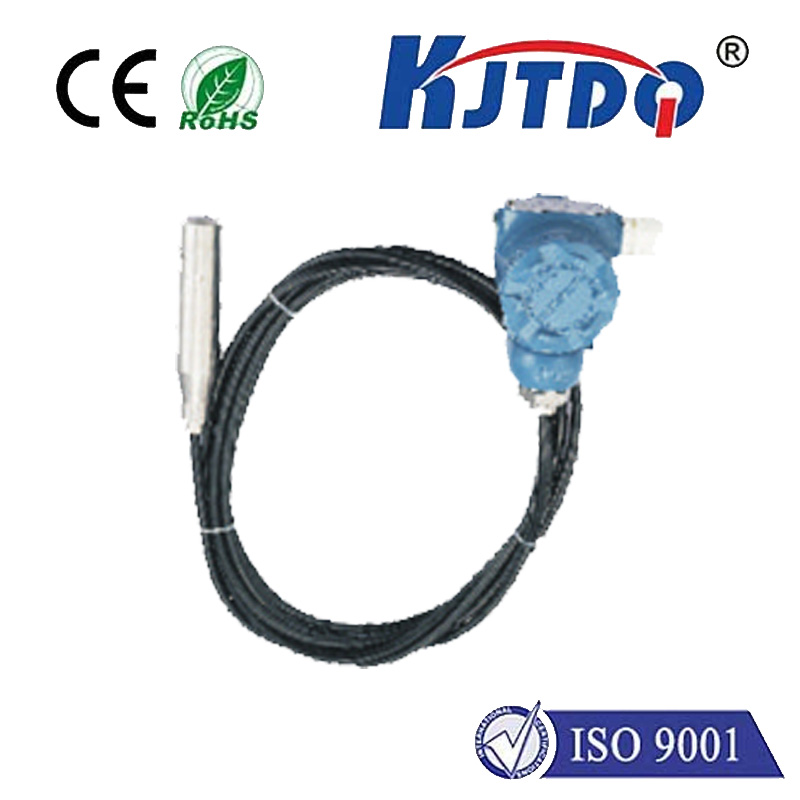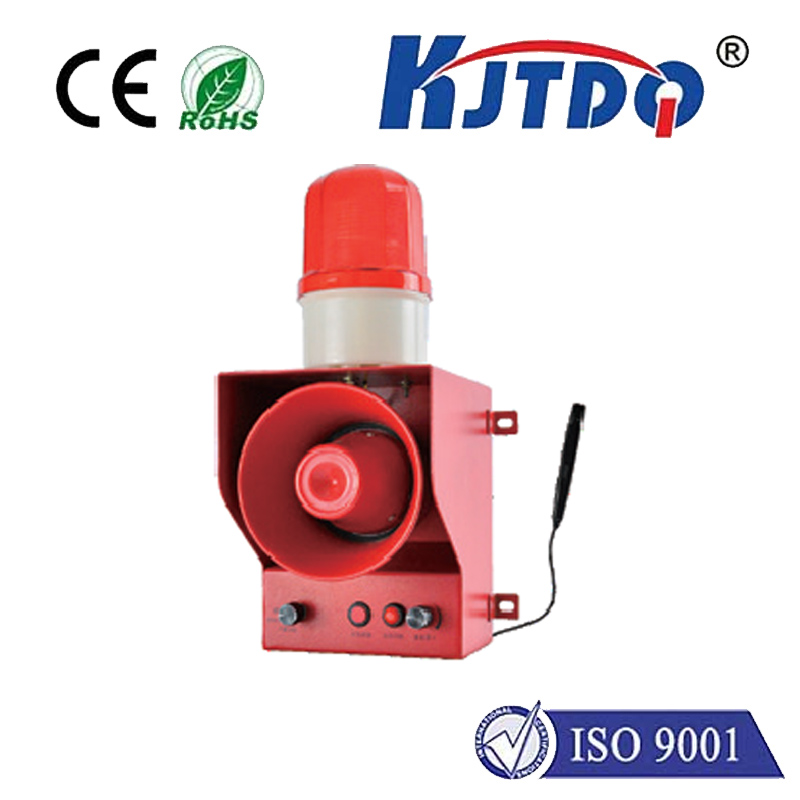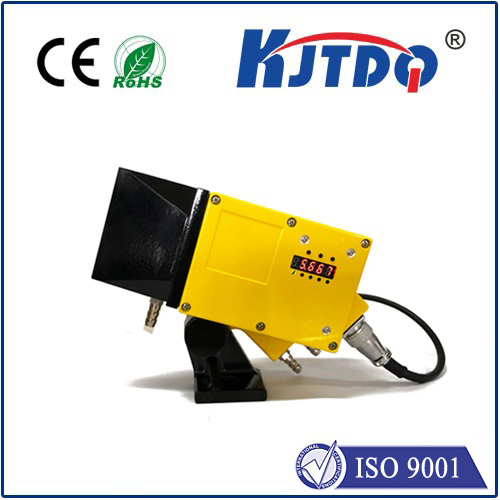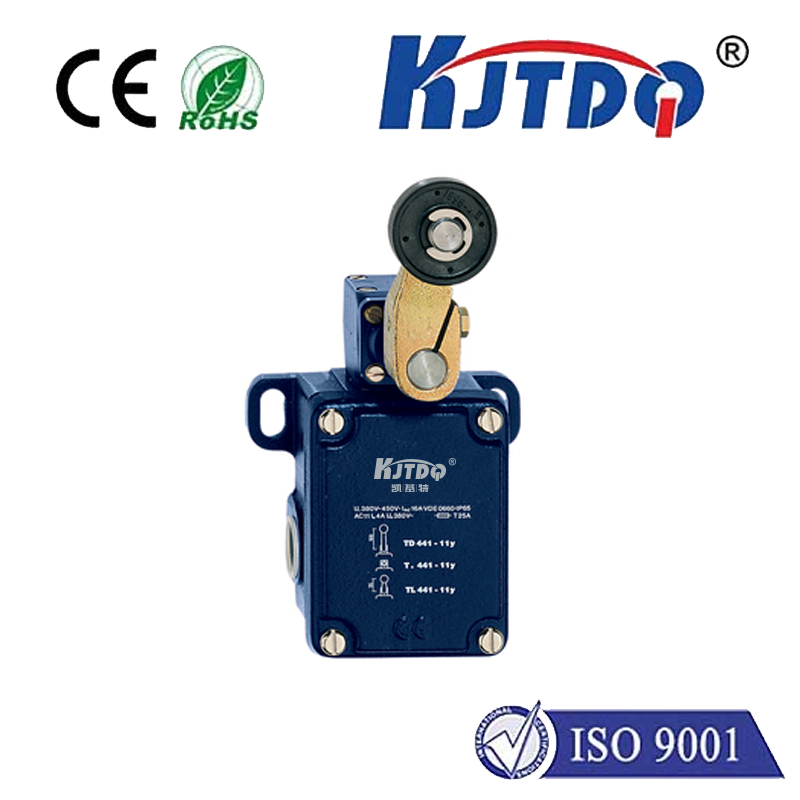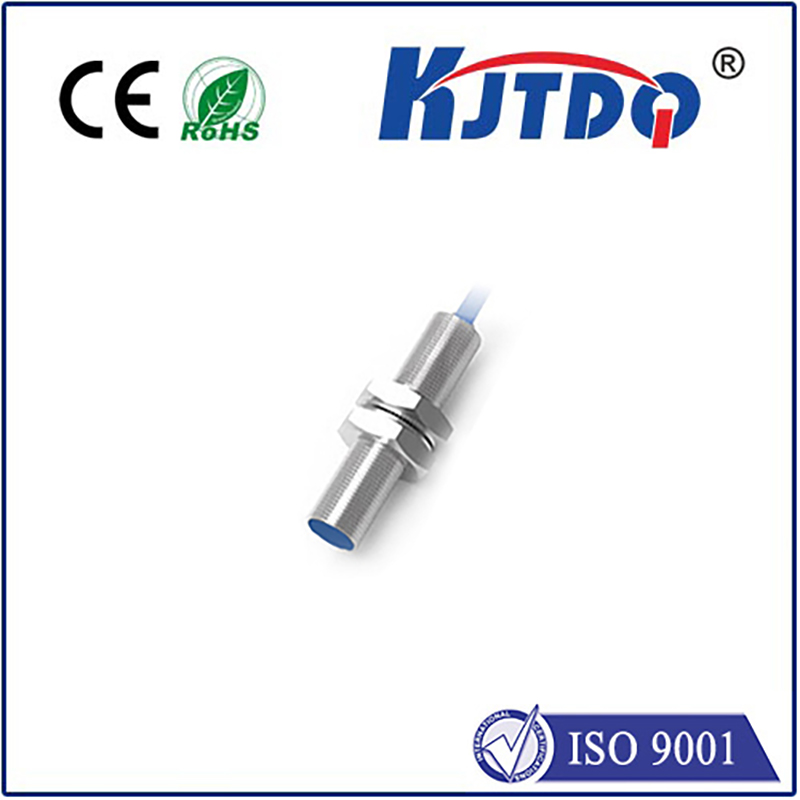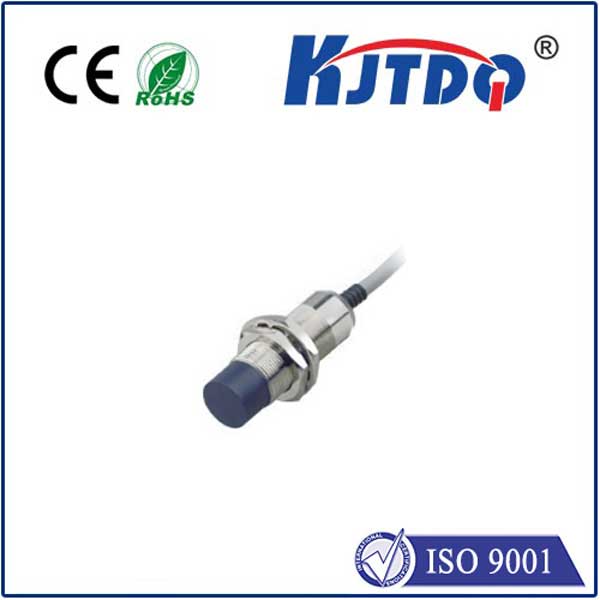temperature proximity sensor
- time:2024-10-21 16:06:16
- Click:0

Title: The Role of Temperature Proximity Sensors in Modern Technologies
In the rapidly evolving world of modern technology, temperature proximity sensors have emerged as an essential component, influencing a myriad of applications across various industries. These ingenious devices serve as unsung heroes behind the scenes, enabling everything from industrial automation to consumer electronics to function with precision and efficiency. In this article, we delve into the significance of temperature proximity sensors, their functionality, and the diverse domains in which they are employed.
What is a Temperature Proximity Sensor?
A temperature proximity sensor is a device designed to detect the presence of an object or a material without making physical contact. It does so by sensing the heat or infrared radiation emitted by the object, thus determining its proximity based on temperature differences. These sensors combine the principles of thermography and proximity detection, creating a powerful tool for measuring temperature and distance simultaneously.
How Do Temperature Proximity Sensors Work?
Temperature proximity sensors operate on various technologies, with infrared (IR) sensors being the most common among them. An IR temperature proximity sensor emits infrared radiation towards an object. The radiation reflects back to the sensor, where it is measured. By analyzing the intensity and wavelength of the returned IR light, the sensor can determine the object’s temperature and its distance away. This non-contact method is advantageous as it allows for safe and hygienic distance measurement, especially in environments where direct contact could be impractical or hazardous.
Applications Across Industries
The versatility of temperature proximity sensors makes them valuable in a wide array of sectors:
- Industrial Automation: In manufacturing plants, these sensors are critical for monitoring machinery health by tracking the temperature of moving parts to prevent overheating and potential failures. They also ensure optimal operation of conveyor belts, motor control, and HVAC systems.
- Healthcare: Medical professionals use infrared temperature proximity sensors for rapid, contactless fever screening at hospitals, clinics, airports, and other public areas to contain infectious diseases like the flu or COVID-19.
- Consumer Electronics: Smartphones and tablets incorporate temperature proximity sensors to detect when the device is near a user’s face during a call, enabling the automatic turn-off of the screen and deactivation of the touchscreen to prevent unintended inputs.
- Automotive Industry: Modern vehicles utilize temperature proximity sensors for functions such as blind spot detection, reverse parking aids, and airbag deployment systems, enhancing safety and convenience for drivers and passengers alike.
- Environmental Monitoring: These sensors play a crucial role in climate studies by providing accurate temperature readings from a distance, allowing scientists to monitor environmental changes without disturbing natural habitats.
Advantages and Future Prospects
The benefits of employing temperature proximity sensors are manifold. They offer improved accuracy, faster response times, and greater safety compared to traditional methods. Their non-invasive nature opens up possibilities for use in sensitive environments where contamination must be avoided.
Looking forward, advancements in sensor technology promise even greater integration into our daily lives. As Internet of Things (IoT) devices proliferate, temperature proximity sensors will become instrumental in creating more responsive smart homes, cities, and industries. With ongoing innovation, we can expect these sensors to become smaller, more energy-efficient, and capable of even finer temperature distinctions, thereby unlocking new horizons in automation, healthcare diagnostics, and beyond.
In conclusion, temperature proximity sensors represent a vital thread in the fabric of modern technological innovation. As they continue to evolve, their impact on various fields will only intensify, paving the way for a future where precision, efficiency, and safety are paramount.





